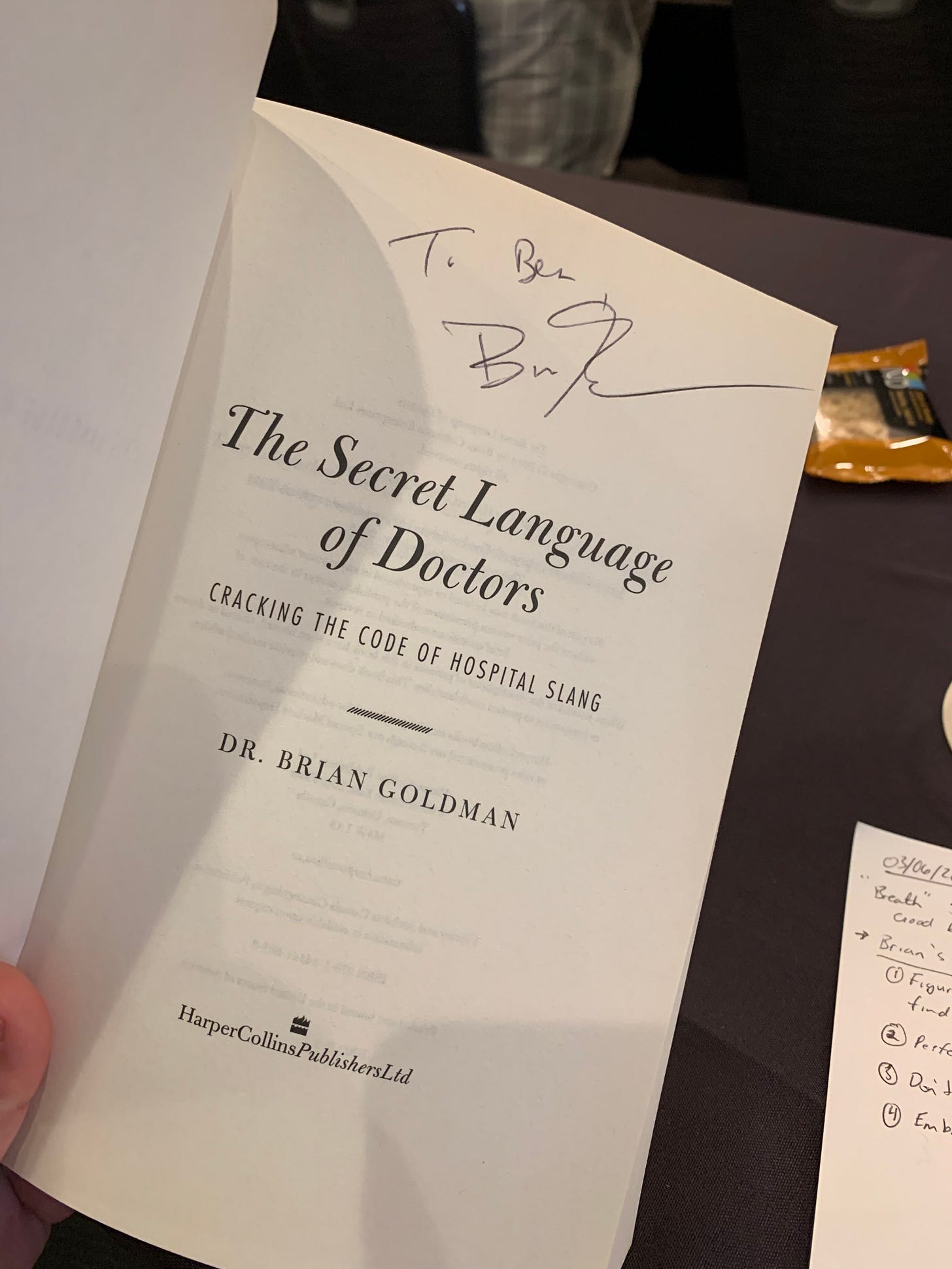#12: Science on the Mohs Scale
On advocating for the self in the system, for representation, and for scientists to play nice with each other.
Found in Knowledge Translation
Among the weird things1 said to me upon sharing that I have a psychology background is the declaration that it - along with other social-adjacent sciences (e.g., sociology, anthropology, political science) - is a soft science.2
Soft.
soft.
What does this even mean?
Nuh-uh! I’m More Science-y!
If you’re not familiar with this trope, it is the idea that some areas of study - the soft sciences - are “less” than other areas of study (i.e., the “hard” sciences, which encompass math, physics, chemistry, and depending on the adjudicator’s mood, biology).
At first blush, it looks like it is dependent on the amount of “calculations” uses. More equations = way harder = more science! This logic is then extended into sharing knowledge: A science is deemed “harder” if it took more effort to challenge existing doctrine and publish. It implies value in terms of effort needed to play in the sandbox, the seriousness with which we can accept the knowledge that field generates, and thus, its worthiness of study, and subsequent glory and funds. (Woven throughout this trope are thoughts on the nature of the “truth”, and our ability to measure it.3)
It’s the bun fight to end all bun fights in academia: that my science is more science than your science4.
They Have Cool Jackets! They Must Be “Real” Scientists.
The origins of this nerdy “us vs. them” exercise is a bit fuzzy. Auguste Comte described a “hierarchy of the sciences”, but Norman Storer used the hard science vs. soft science term in a 1966 address to librarians. As a sociologist himself, he felt it was important to use these terms to understand how different fields of science relate to each other, and what that might mean for the knowledge it produces and shares. Of course, any fuzzy social psychologist could then predict how these distinctions could, and would, be used, to no good end.
Does It Really Matter, Though?
Aside from being annoying, this debate is arguably harmful to all scientists’ ability to further knowledge: “Softer” sciences seem to get coverage in non-scientific sections of news media. Further, a recent study shows that it may be particularly harmful along gender lines. Yup, the more females in a field, the less serious (hard) the science is perceived. All of this amounts to a field being taken less seriously than another, making it harder to get social and financial support.
In the year 2022, amid a global pandemic rife with disinformation and anti-science rhetoric, science should instead focus on why this dichotomy still being disseminated:
Provinciality and isolation are surely part of the answer. Many researchers have limited exposure to approaches used outside of their disciplinary enclave.
And then, kill it with fire.
We should work to banish it from the scientific collective unconscious. How? Meet people in other fields. Attend talks and lectures from a variety of disciplines, ask questions, and have conversations. Learn about how they produce and evaluate knowledge.
Our tools are different but deep down, the goal is likely the same: to better understand a corner of the little rock we all float together on through space and time.
We need more collaboration, not less.
#HowToDoPatientEngagement
Lelainia Lloyd (@tatterededge) recently responded to a question I had about patient engagement in clinical trials, and in doing so, shared her podcast. I had a chance to listen to this episode on becoming an advocate, and thought it was a great resource for anyone interested in engagement. Give it a listen!
Share Your Science
Pride Month + Science FTW!







Reading Rainbow
The husband picked up new reads after a talk this week in Fredericton, and now it looks like I have new reads!
Of course, the top statement is the classic, “You can read minds?!”. Strangely, the ones who have always said this to me are men (and nervously so).
It must be noted that there is actually a “Soft Science Journal”. Sadly, it is not your FYP from Instagram or TikTok, but rather malleable materials science: conductive gels, bendy electronics, and the like.
That’s a whole other post, but essentially, it gets into only studying what can be observed (say, a chemical process) versus what cannot be observed (like, the thought process I have after seeing an event, and how those thoughts shape my behaviour).
And perhaps, in an example of the bullies becoming the bully, we see this in sub-disciplines of psychology: the folks who use quantitative methods and talk down those who engage in qualitative practices, as if choosing a stat and then making decisions about how to fix imperfect data doesn’t require qualitative judgment.











